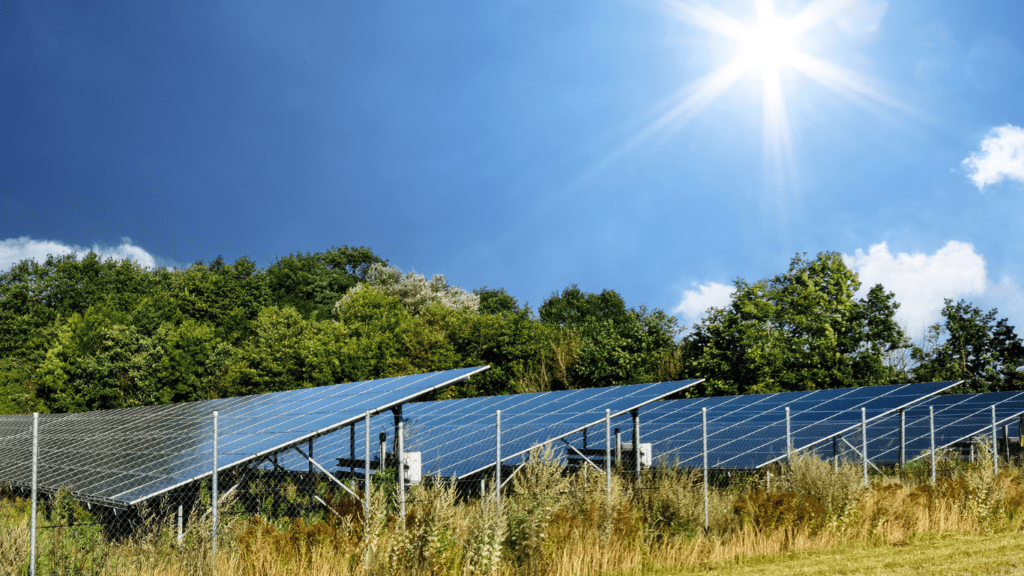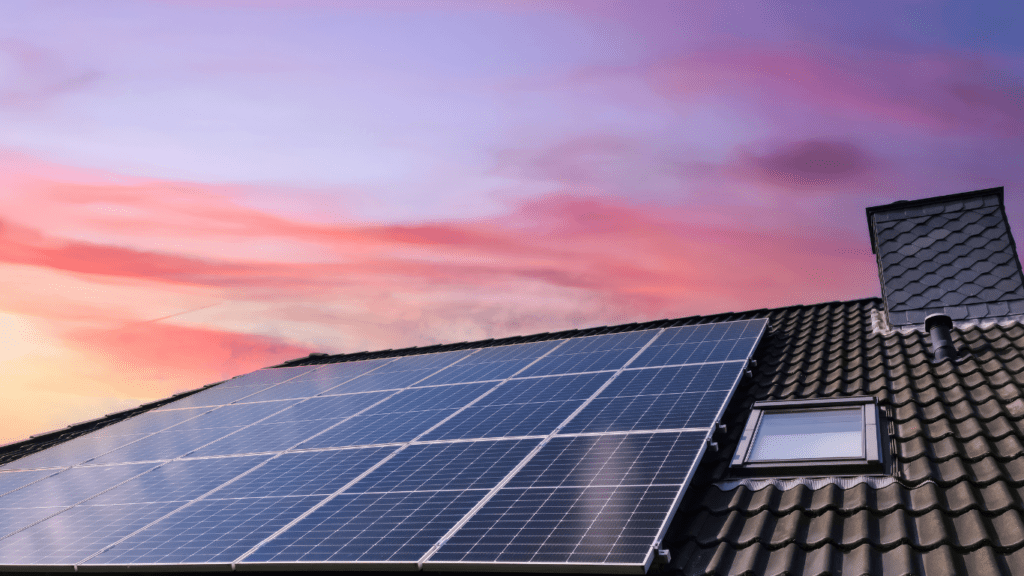Overview of Green Tech Innovations
Key Areas of Focus in Renewable Energy
Renewable energy technologies have transformed how we generate power. Solar energy ranks as a primary focus.
Photovoltaic panels convert sunlight into electricity, reducing reliance on fossil fuels.
According to the International Energy Agency, solar capacity soared to 580 GW in 2020.
Wind energy comes next. Wind turbines capture wind’s kinetic energy, converting it to electricity. The Global Wind Energy Council reported 743 GW of installed wind power capacity in 2020.
Hydropower also plays a significant role. Dams and reservoirs generate electricity by harnessing water flow.
The International Hydropower Association states global hydropower capacity reached 1,330 GW in 2020.
Geothermal energy uses heat from the Earth’s core. Geothermal plants can generate continuous power, unaffected by weather conditions.
The United States Geological Survey highlights that the U.S. alone has a 3.7 GW installed geothermal capacity.
Sustainability Driven Technologies
Sustainable technologies promote eco-friendly solutions across industries. Smart grids enhance energy distribution. They integrate renewable sources, reduce outages, and optimize energy use.
The U.S. Department of Energy indicates that smart grids lower emissions by 12%.
Green buildings set new standards. They incorporate energy-efficient systems, reducing water and energy consumption.
Leadership in Energy and Environmental Design (LEED) certification recognizes such buildings globally, with 100,000 LEED-certified projects recorded by 2020.
Electric vehicles (EVs) minimize carbon emissions. Advanced batteries and charging infrastructures improve EV efficiency.
By 2021, the International Energy Agency reported 10 million EVs on the roads worldwide.
Waste-to-energy (WTE) plants provide another sustainable solution.
These facilities convert waste into usable energy. The Environmental Protection Agency (EPA) highlights that WTE reduces landfill waste by 70%.
Green tech innovations in renewable energy and sustainability drive us toward a cleaner, more efficient future.
Impact of Green Tech on Energy Consumption
Reducing Carbon Footprints with Innovative Solutions
Green tech reduces carbon footprints by replacing fossil fuels with renewable energy sources.
Solar panels, for example, convert sunlight into electricity, lowering demand for coal or natural gas. Wind turbines harness wind energy to produce power without emissions.
Hydropower plants generate electricity through water flow, offering a sustainable alternative to traditional energy.
Green buildings incorporate materials and designs to minimize environmental impact and energy use.
Smart grids use technology to manage and distribute energy efficiently, integrating renewable sources seamlessly.
Innovations in battery storage further optimize energy use, ensuring that excess power from renewable sources isn’t wasted.
Enhancements in Energy Efficiency
Green tech enhances energy efficiency across various sectors. LED lighting uses up to 75% less energy than traditional bulbs (US Department of Energy).
Smart thermostats regulate home temperatures more efficiently, reducing energy wastage. Electric vehicles (EVs) offer a cleaner alternative to gas-powered cars, using electricity as a cleaner fuel source.
In industrial settings, green tech optimizes processes to reduce energy consumption. Advanced manufacturing techniques produce goods with less energy.
Waste-to-energy plants convert waste into electricity, promoting both waste management and energy efficiency.
Smart appliances in homes also contribute to lower energy use, ensuring sustainability incorporates seamlessly into daily life.
Trends and Future Developments in Green Tech

1. Emerging Technologies in Solar and Wind Energy
Photovoltaics (PV) and wind turbines evolve rapidly, making renewable energy more efficient and accessible.
In photovoltaics, perovskite solar cells show promise due to their high efficiency and lower production costs.
A research report by Nature Energy indicates that these cells might reach commercial viability within the next decade due to their improved power conversion efficiencies compared to traditional silicon-based cells.
Floating solar farms represent another innovation. They maximize space usage by situating solar arrays on bodies of water. Countries like:
- Japan
- Netherlands
Lead in adopting these solutions, increasing their clean energy yield without encroaching on valuable land space.
Wind energy sees advancements through larger, more efficient turbines. Offshore wind farms, particularly in Europe, benefit from larger blades and advanced materials, which generate more electricity per turbine.
Adjustable pitch turbines optimize performance under varying wind conditions, enhancing overall energy production.
2. Breakthroughs in Bioenergy and Geothermal Sources
Bioenergy research focuses on maximizing energy yield from organic materials.
Advanced biofuels, derived from non-food biomass such as algae and agricultural residues, offer alternative solutions to replace fossil fuels in transportation.
The International Energy Agency (IEA) reports that advanced biofuels could meet up to 27% of global transport fuel demand by 2050.
Anaerobic digestion receives attention for its efficiency in converting organic waste into biogas, useful for electricity and heat production.
Countries like:
- Germany
- Sweden
Implement large-scale anaerobic digestion plants, reducing landfill waste and greenhouse gas emissions.
Geothermal energy progresses with Enhanced Geothermal Systems (EGS).
Traditional geothermal relies on natural hotspots, whereas EGS creates artificial reservoirs by fracturing subsurface rocks and injecting water.
This technology opens geothermal energy to regions without natural hydrothermal resources.
A report by Geothermal Energy Association stated that EGS could potentially increase geothermal energy capacity tenfold globally.
These trends and future developments in green tech indicate powerful advancements such as:
- driving toward a sustainable
- renewable energy future
Challenges in Implementing Green Technology
1. Financial and Economic Barriers
Green technology often demands substantial initial investments. For instance, installing solar panels or constructing wind farms involves high upfront costs.
Financing these projects can be challenging, particularly for developing regions. Governments and private investors need to commit significant capital to initiate these projects.
Additionally, green technology sometimes struggles with cost competitiveness.
Traditional energy sources like coal and natural gas usually offer lower prices compared to renewable energy, mainly due to established infrastructure and subsidies.
The transition to green technology might provoke economic disruptions in industries reliant on fossil fuels, leading to resistance.
2. Technological and Infrastructure Limitations
Advancements in green technology face technical hurdles. Integrating renewable energy sources into existing power grids requires modernizing the grid infrastructure.
Many current grids aren’t designed to handle the variability and distributed nature of renewable energy, complicating the transition.
Energy storage presents another technical challenge.
Renewable energy sources like solar and wind are intermittent, producing energy inconsistently.
Effective storage solutions, such as advanced batteries or other energy storage systems, are necessary to ensure a steady power supply.
Infrastructure for green technology also needs expansion.
For example, electric vehicle (EV) adoption hinges on a widespread and efficient network of charging stations.
Insufficient infrastructure can hinder the growth and acceptance of green technologies in everyday life.

